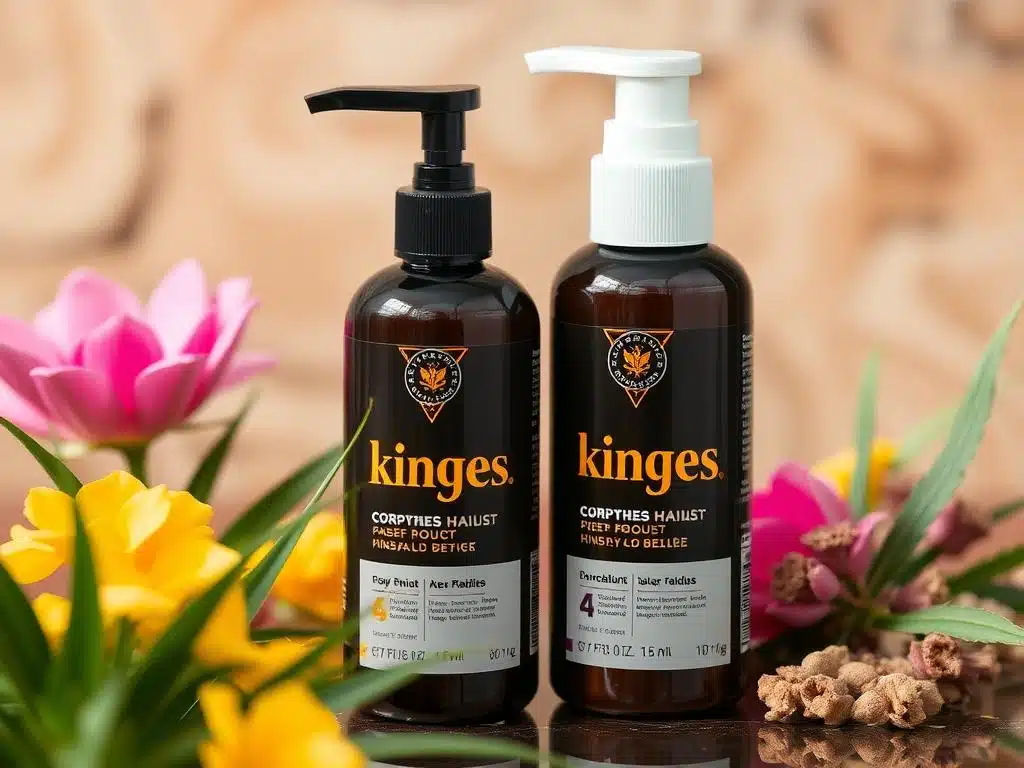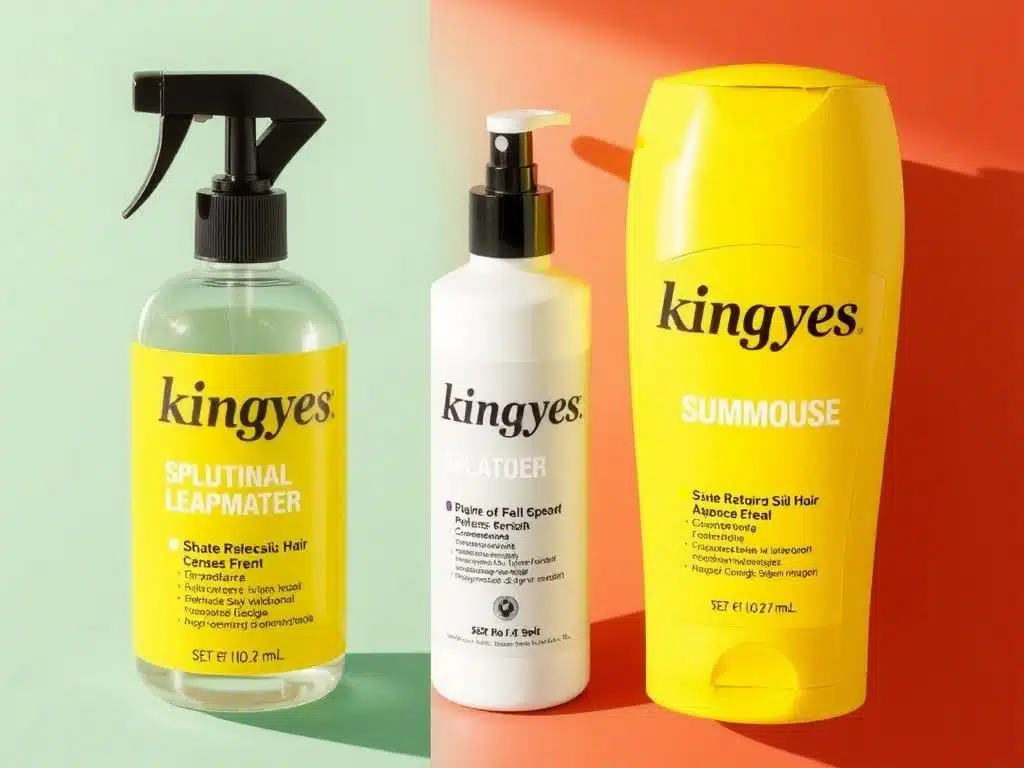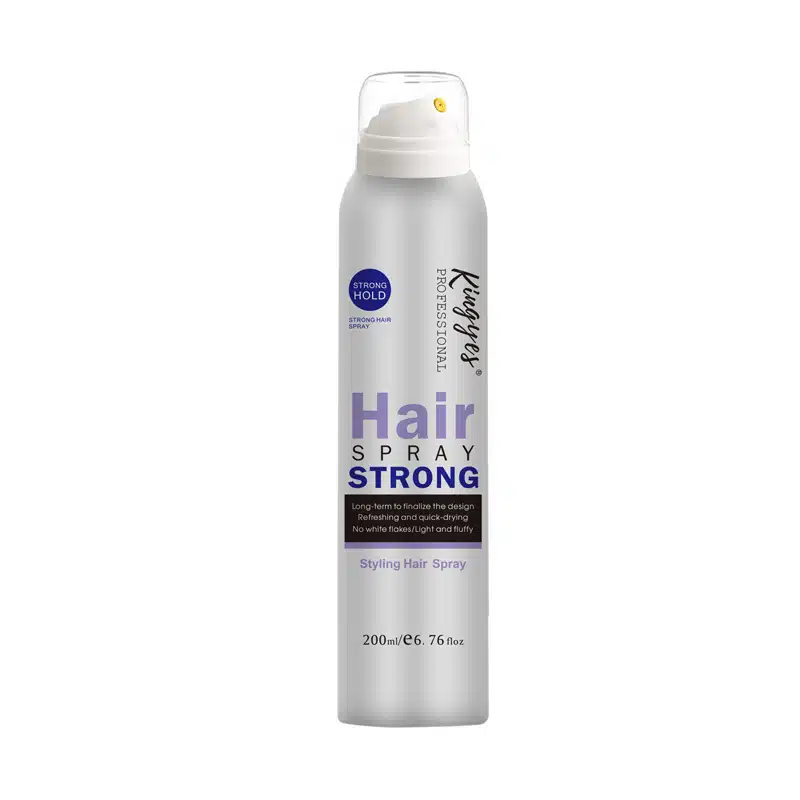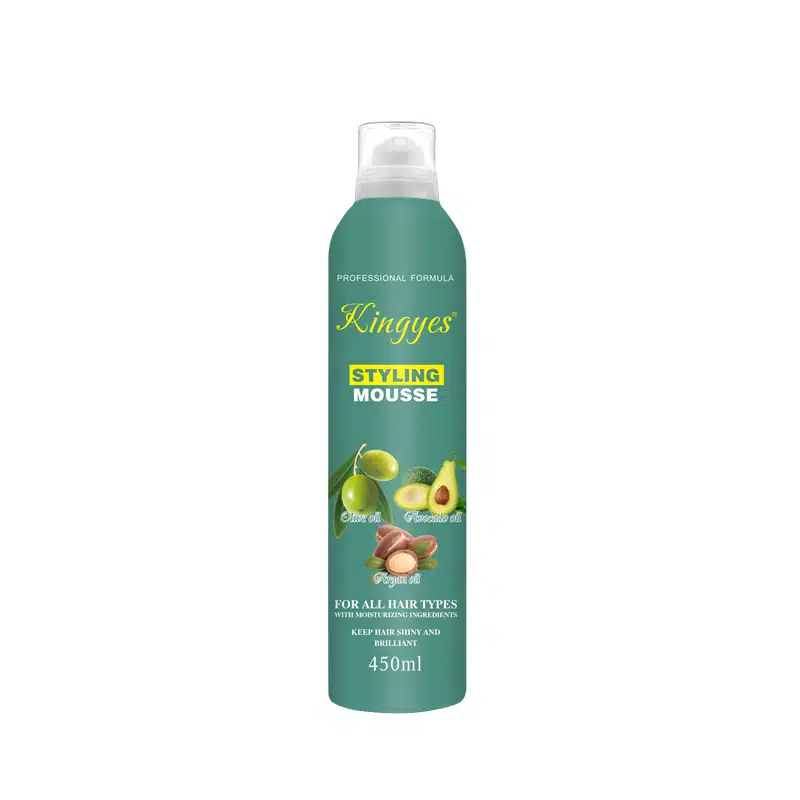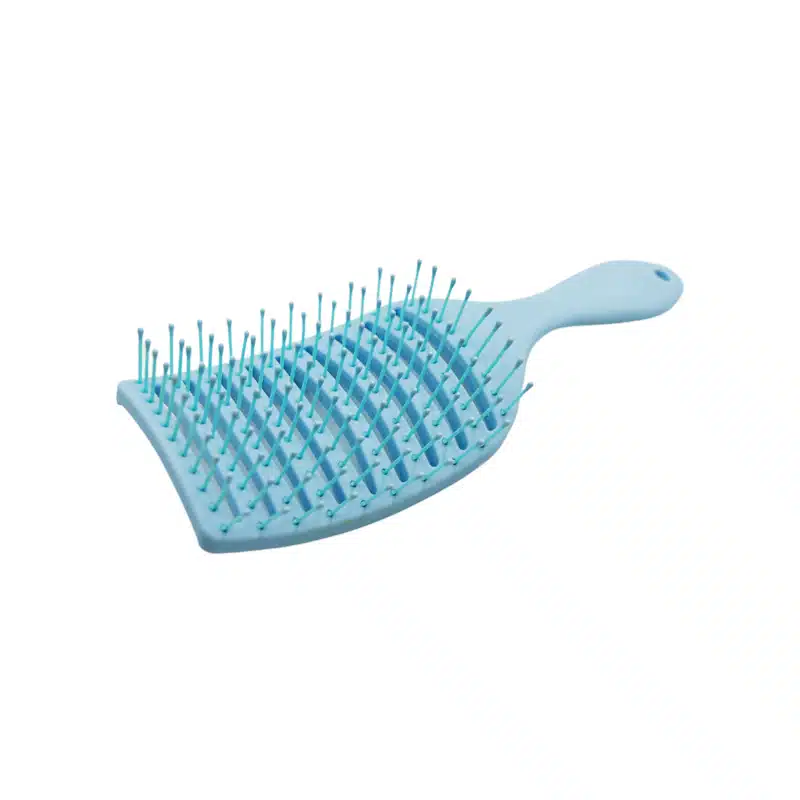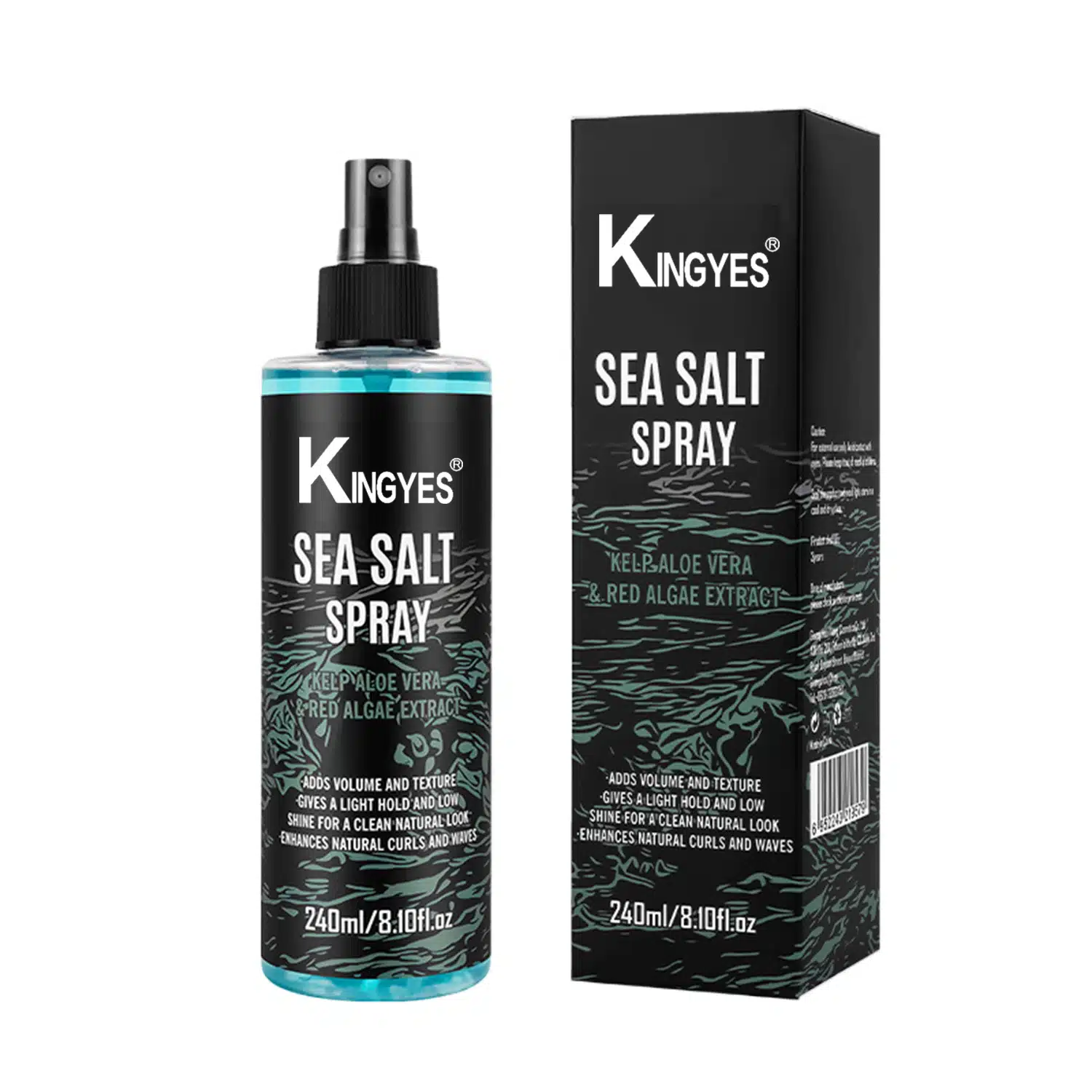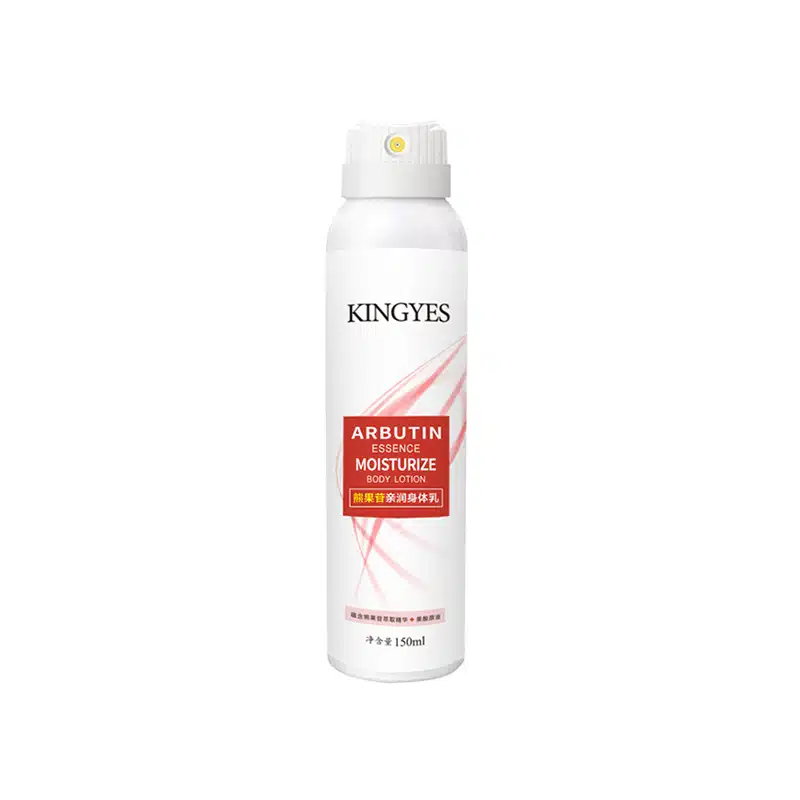
How To Tell If Its Dandruff Or Hair Product?
Sisukord
Dandruff vs. Dry Scalp vs. Product Buildup: How to Tell the Difference
Dealing with an itchy, flaky peanahk can be frustrating. Is it kõõm, kuiv peanahk, or simply tootekogunemine? Knowing the difference between dandruff ja kuiv peanahk, as well as tootekogunemine, is crucial for finding the right treatment. This comprehensive guide will help you tell the difference between these common scalp conditions, explore their causes and symptoms, and provide practical tips on how to prevent dandruff and maintain a healthy peanahk. There are key differences that can help you to identify the cause of the problem. This guide will help you to spot the difference.
What is Dandruff?
Dandruff is a common scalp condition characterized by the shedding of dead skin cells from the peanahk. It is important to note that dandruff isn’t contagious. While everyone sheds dead skin cells, people with dandruff shed them at a faster rate. This can lead to visible flakes on the hair and shoulders. These dandruff flakes are often white or yellowish and may be accompanied by itching and ärritus. Dandruff is often caused by an overgrowth of a yeast-like fungus called Malassezia, which feeds on the oils on the peanahk. It is a chronic condition for many people. Dandruff can cause the scalp to become itchy.
Seborrheic dermatitis is a more severe form of kõõm that can cause inflammation, redness, and greasy scaling on the peanahk and other oily areas of the body. It is believed to be caused by a combination of factors, including the Malassezia fungus, genetics, and stress. A common sign of dandruff is flakes.
What is Dry Scalp?
Dry scalp occurs when the peanahk lacks sufficient moisture. This can be caused by a variety of factors. This is a common issue that many people face. This can lead to dryness, itching, ärritus, and small, white dry flakes. Unlike kõõm, kuiv peanahk is not caused by a fungus. Dry scalp is usually a temporary condition that can be resolved by restoring moisture to the peanahk. Some people have a naturally kuiv peanahk. The peanahk is simply lacking in moisture.
Dry scalp can be triggered by factors such as cold, dry weather, excessive šampooning, harsh hair products, and certain skin conditions like eczema. The skin on your scalp becomes dry and irritated. This results in dry flakes. Dry scalp is caused by a lack of moisture.
What is Product Buildup?
Product buildup occurs when styling products, šampoons, and conditioners accumulate on the peanahk and hair shaft over time. This buildup can lead to dull, lifeless hair, and in some cases, an itchy scalp. It can also cause the peanahk to become dry and flaky.
Erinevalt kõõm või kuiv peanahk, tootekogunemine is not a skin condition. It is simply the result of using too many hair products or not washing them out properly. Product buildup can often be resolved by using a clarifying shampoo to remove the residue. It is caused by a build-up of products on the hair and peanahk. Product build up can cause ärritus.
Dandruff vs. Dry Scalp: Key Differences
Kuigi mõlemad kõõm ja kuiv peanahk can cause itching and flaking, there are some key differences that can help you tell the difference between dandruff ja kuiv peanahk:
- Flake Appearance: Dandruff flakes are typically larger, oily, and yellowish or white. Dry scalp flakes are usually smaller, dry, and white. Flakes from dandruff are different from dry flakes.
- Scalp Condition: Dandruff is often associated with an oily scalp, samas kui kuiv peanahk is characterized by dryness and tightness. Dandruff is more common in those with an oily scalp.
- Cause: Dandruff is often caused by an overgrowth of the Malassezia fungus, samas kui kuiv peanahk is caused by a lack of moisture.
- Itching: Both conditions can cause itching, but the itching associated with kõõm may be more severe.
- Inflammation: Seborrheic dermatitis, a severe form of kõõm, can cause inflammation and redness on the peanahk. Dry scalp does not typically cause inflammation.
Looking at your scalp can help you to tell the difference. This can help you to determine whether you have dry scalp or dandruff. It is often difficult to tell the difference between the two conditions. Many people find it difficult to tell the difference.
| Funktsioon | Dandruff | Kuiv peanahk | Toote ülesehitus |
|---|---|---|---|
| Flake Appearance | Larger, oily, yellowish or white flakes | Smaller, dry, white flakes | Flakes may resemble dry scalp flakes, but hair may also appear dull, greasy, or coated |
| Scalp Condition | Often oily | Dry, tight, may lack moisture | May feel oily or sticky to the touch, hair may feel heavy or weighed down |
| Cause | Often fungal overgrowth (Malassezia), seborrheic dermatitis | Lack of moisture, harsh products, weather, underlying skin conditions (eczema, etc.) | Accumulation of styling products, shampoos, and conditioners |
| Itching | Can be severe | Mild to moderate | Mild, may be accompanied by scalp irritation |
| Inflammation | Seborrheic dermatitis can cause inflammation and redness | Typically no inflammation | Usually no inflammation, unless buildup causes irritation |
| Other Symptoms | Greasy, red, scaly patches on the scalp (seborrheic dermatitis) | Possible dry skin on other parts of the body | Hair may lack volume, be difficult to style, or feel coated |
| Treatment | Medicated shampoos (antifungal, anti-inflammatory), topical corticosteroids | Moisturizing shampoos and conditioners, scalp treatments, lifestyle changes | Clarifying shampoo to remove buildup, less frequent use of styling products |
How to Identify Product Buildup on Your Scalp
Product buildup can mimic some of the symptoms of kõõm ja kuiv peanahk, making it tricky to identify. Here are some signs that you may have tootekogunemine:
- Dull, Lifeless Hair: Hair that lacks shine and appears dull or coated may be a sign of tootekogunemine.
- Difficulty Styling: Hair that is difficult to style or doesn’t hold a style well may be weighed down by tootekogunemine.
- Itchy Scalp: Product buildup can sometimes cause an itchy scalp, similar to kõõm või kuiv peanahk.
- Oily or Sticky Residue: You may be able to feel a sticky or oily residue on your hair or peanahk.
- Flakes: Product buildup can sometimes cause flakes that resemble kuiv peanahk flakes. However, the hair will also often appear dull or greasy.
If you suspect tootekogunemine, try using a clarifying shampoo to remove the residue. If the symptoms persist, you may be dealing with kõõm või kuiv peanahk.
What Causes Dandruff?
Dandruff can be caused by a variety of factors, but the main cause of dandruff is often the Malassezia fungus. This fungus is naturally present on the peanahk of most adults, but in some people, it can overgrow and cause dandruff. This overgrowth can be triggered by several factors. Here are some common dandruff causes:
- Malassezia Fungus: An overgrowth of this yeast-like fungus is a primary cause aadressilt kõõm. The fungus feeds on peanahk oils and produces oleic acid, which can irritate the peanahk and cause increased skin cell turnover.
- Seborrheic Dermatitis: This is a more severe form of kõõm that causes inflammation, redness, and greasy scaling. It is a common scalp condition.
- Oily Scalp: People with an oily scalp may be more prone to kõõm because the Malassezia fungus thrives on oil.
- Sensitivity to Hair Products: Some individuals may develop kõõm as a reaction to certain hair productsnäiteks šampoons, conditioners, or styling products. This is often known as contact dermatitis.
- Infrequent Shampooing: Not washing your hair often enough can lead to a buildup of oil and surnud nahk cells on the peanahk, which can contribute to kõõm.
- Stress: Stress can worsen many skin conditions, including kõõm.
- Genetics: Some people may be genetically predisposed to kõõm.
- Certain Medical Conditions: Conditions like psoriasis and Parkinson’s disease can increase the risk of kõõm.
Mõistmine cause of dandruff can help you choose the right treatment.
What Causes Dry Scalp?
Dry scalp occurs when the peanahk lacks sufficient moisture. There are many dry scalp causes. Here are some common dry scalp causes:
- Cold, Dry Weather: Cold, dry air can dry out your scalp, just as it can dry out the skin on other parts of your body.
- Excessive Shampooing: Washing your hair too frequently, especially with harsh šampoons, can strip the peanahk of its natural oils, leading to dryness. You may need to pese oma juuksed less often.
- Harsh Hair Products: Šampoons, conditioners, and styling products that contain harsh chemicals, such as sulfates and alcohol, can irritate and dry out your scalp.
- Hot Water: Washing your hair with very hot water can strip the peanahk of its natural oils.
- Skin Conditions: Conditions like eczema and psoriasis võib põhjustada kuiv peanahk. Psoriasis or eczema võib olla difficult to treat.
- Dehydration: Not drinking enough water can contribute to kuiv nahk, including on the peanahk.
- Age: As we age, our skin tends to produce less oil, which can lead to kuiv peanahk.
- Nutritional Deficiencies: A lack of certain nutrients, such as zinc and B vitamins, may contribute to kuiv peanahk.
Dry scalp is usually a temporary condition that can be addressed by identifying and eliminating the underlying cause. It can cause ärritus and make your peanahk itchy.
How to Prevent and Treat Dandruff
Dandruff can often be managed with over-the-counter treatments and lifestyle changes. Here are some tips on how to treat dandruff ja prevent dandruff:
- Use a Medicated Shampoo: Dandruff shampoos containing ingredients like zinc pyrithione, selenium sulfide, ketoconazole, salicylic acid, või coal tar can help control the growth of the Malassezia fungus and reduce flaking. You may need to experiment to find the dandruff shampoo that works best for you. Head and Shoulders is a popular choice.
- Shampoo Regularly: Washing your hair regularly with a dandruff shampoo can help remove flakes and prevent the buildup of oil and surnud nahk cells. If shampoo doesn’t work, you should see a doctor.
- Massage Your Scalp: Gently massaging your peanahk while šampooning can help loosen flakes and improve circulation. This helps to improve scalp care.
- Manage Stress: Stress can worse dandruff, so finding healthy ways to manage stress, such as exercise, meditation, or yoga, may be helpful.
- Try Tea Tree Oil: Teepuuõli has antifungal properties and may be helpful in controlling kõõm. You can add a few drops of teepuuõli to your regular šampoon or look for šampoons that contain teepuuõli.
- Avoid Harsh Hair Products: Harsh hair products can irritate the peanahk ja worse dandruff. Dandruff can make teie peanahk itchy.
- Eat a Healthy Diet: A diet rich in fruits, vegetables, and omega-3 fatty acids may help improve peanahk tervist.
If over-the-counter treatments don’t work, or if your kõõm is severe or accompanied by significant inflammation or redness, you should see a doctor. They may prescribe a stronger medicated šampoon or topical corticosteroids.
How to Prevent and Treat Dry Scalp
Treating kuiv peanahk involves restoring moisture to the peanahk and addressing any underlying causes. You need to find the right treatment teie peanahk. Here are some tips on how to treat and prevent kuiv peanahk:
- Use a Gentle Shampoo: Valige gentle shampoo that is formulated for kuiv peanahk või sensitive scalp. Avoid šampoons that contain sulfates, which can be drying. You may want to use a šampoon ja palsam that are designed for dry scalps.
- Shampoo Less Often: Kui teil on kuiv peanahk, you may not need to šampoon your hair every day. Try washing your hair every other day or even less frequently to avoid stripping the peanahk of its natural oils.
- Use Lukewarm Water: Avoid washing your hair with hot water, which can dry out your scalp. Use lukewarm or cool water instead. Hot water can also dry out your scalp.
- Moisturize Your Scalp: Apply a moisturizing scalp treatment or oil to your peanahk regularly to help hydrate and soothe dry skin. Look for products that contain ingredients like coconut oil, jojoba oil, or aloe vera. You should use this alongside a gentle shampoo.
- Humidify the Air: If the air in your home is dry, using a humidifier can help add moisture to the air and prevent your peanahk from drying out. This is particularly helpful during the winter months.
- Stay Hydrated: Drinking plenty of water can help keep your skin, including your peanahk, hydrated.
- Protect Your Scalp from the Elements: Wear a hat when you’re outside in cold, dry weather to protect your peanahk from the elements. You should also protect your peanahk from the sun.
- Avoid Harsh Hair Products: Styling products, hair dyes, and other chemical treatments can irritate and dry out your scalp. If possible, try to limit your use of these products. If you dye your hair, make sure to use a moisturizing treatment afterwards.
By following these tips, you can help restore moisture to your peanahk and relieve the symptoms of kuiv peanahk. You should also ensure you condition the hair to keep it healthy.
When to See a Doctor
While most cases of kõõm ja kuiv peanahk can be managed at home, there are certain situations when you should see a doctor:
- If over-the-counter treatments don’t work: If you’ve tried over-the-counter dandruff shampoos or kuiv peanahk treatments for several weeks and your symptoms haven’t improved, it’s time to see a doctor.
- If your kõõm is severe: If you have severe itching, inflammation, redness, or scaling on your peanahk, you should see a doctor. You may have seborrheic dermatitis.
- If you have signs of infection: If you notice any signs of infection on your peanahk, such as pus, oozing, or increased pain, see a doctor immediately.
- If you have other skin conditions: If you have a history of psoriasis, eczema, or other skin conditions, it’s a good idea to see a doctor if you develop peanahk problems. Psoriasis or eczema may require different treatments.
- If you’re unsure about the cause of your peanahk problems: If you’re not sure whether you have kõõm, kuiv peanahk, or something else, a doctor can help diagnose the problem and recommend the appropriate treatment. They can help you determine the cause of your peanahk problems.
A doctor, such as a dermatologist, can properly diagnose your scalp condition and recommend the right treatment. In some cases, they may prescribe stronger medicated šampoons, topical corticosteroids, or other treatments.
Peamised järeldused:
- Dandruff is a common scalp condition characterized by the shedding of surnud naharakud at an accelerated rate, often caused by an overgrowth of the Malassezia fungus.
- Dry scalp occurs when the peanahk lacks sufficient moisture, leading to dryness, itching, and small, white flakes.
- Product buildup is the accumulation of styling products, šampoons, and conditioners on the peanahk and hair shaft.
- Dandruff flakes are typically larger, oily, and yellowish, while kuiv peanahk flakes are smaller, dry, and white.
- Dandruff is often associated with dandruff being an oily scalp, samas kui kuiv peanahk is characterized by dryness and tightness.
- Dandruff is often caused by the Malassezia fungus, samas kui kuiv peanahk is caused by a lack of moisture.
- Product buildup can be identified by dull, lifeless hair, difficulty styling, and a sticky or oily residue on the hair or peanahk.
- Dandruff can be prevented and treated with medicated šampoons, regular šampooning, peanahk massage, stress management, and teepuuõli.
- Dry scalp can be prevented and treated by using a gentle shampoo, šampooning less often, using lukewarm water, moisturizing the peanahk, humidifying the air, staying hydrated, and protecting the peanahk from the elements.
- You should see a doctor if over-the-counter treatments don’t work, if your kõõm is severe, if you have signs
Kommentaarid
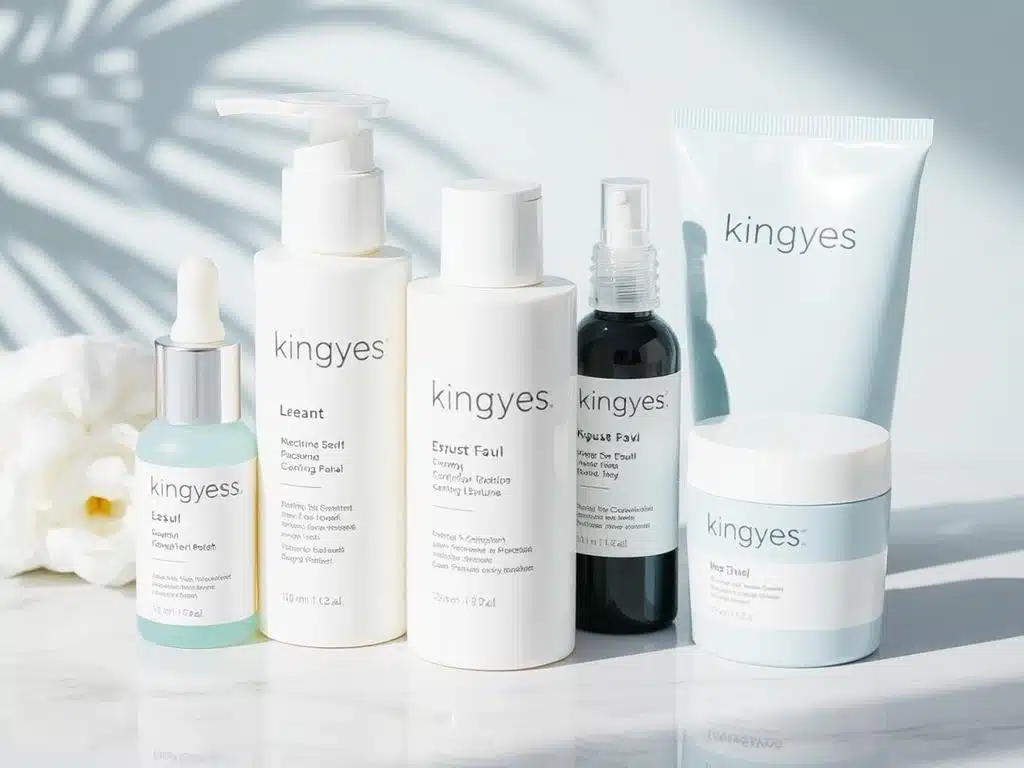
Do You Need a License to Sell Beauty Products?
So, you’ve crafted the perfect beauty product, and you’re ready to share it with the world.
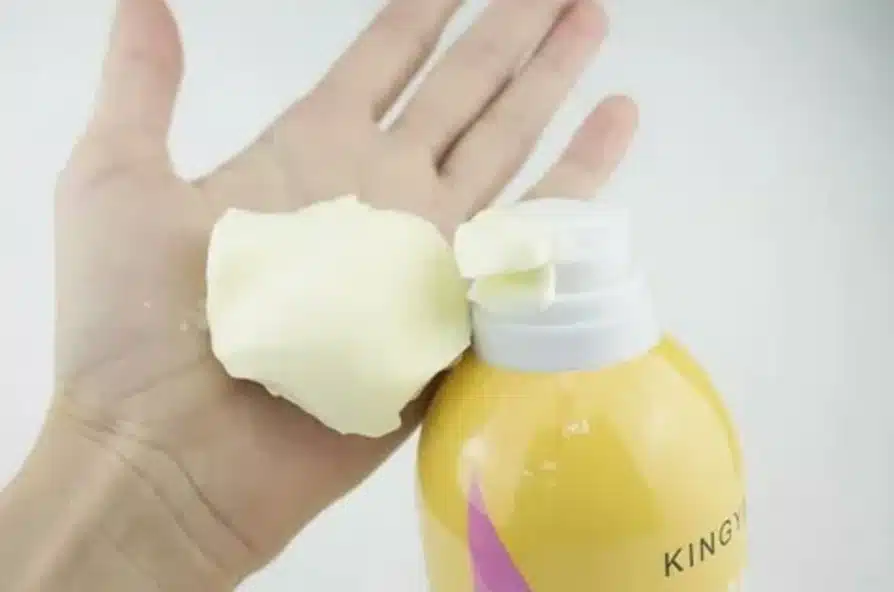
Milleks kasutatakse vannivahtu?
Oled kunagi mõelnud, milleks kasutatakse vannivahtu ja kuidas see võib sinu duširutiini tõsta?
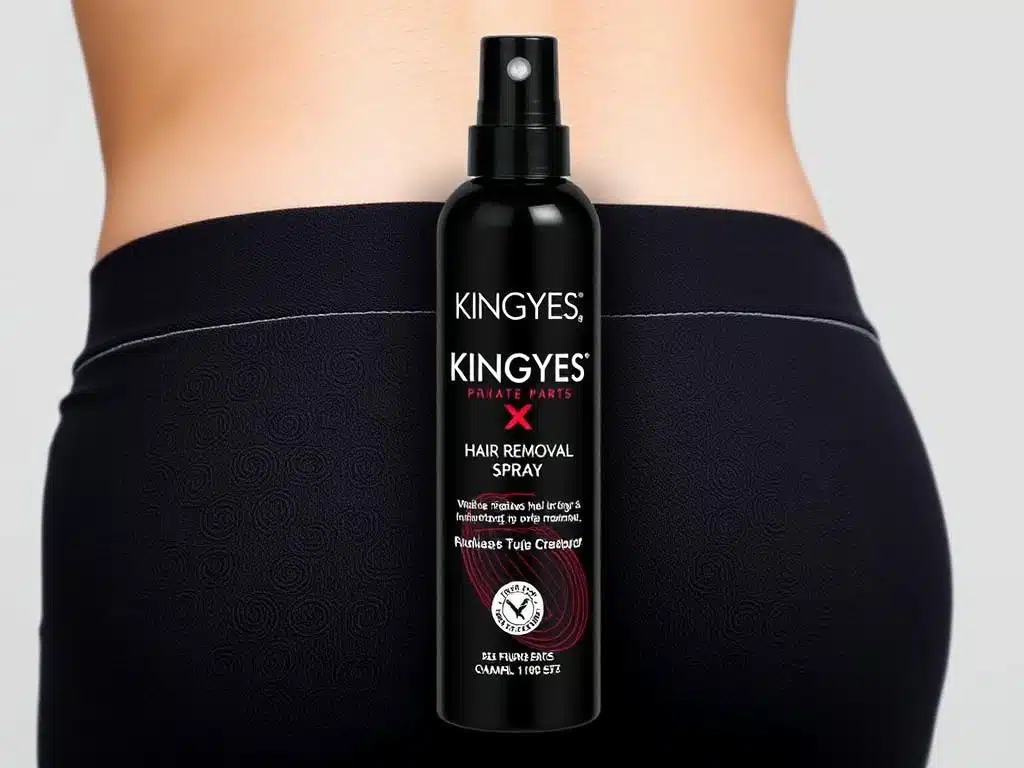
Can Hair Removal Spray Be Used On Private Parts?
The quest for smooth, hair-free skin is a common one, and various hair removal methods have emerged to meet this demand.
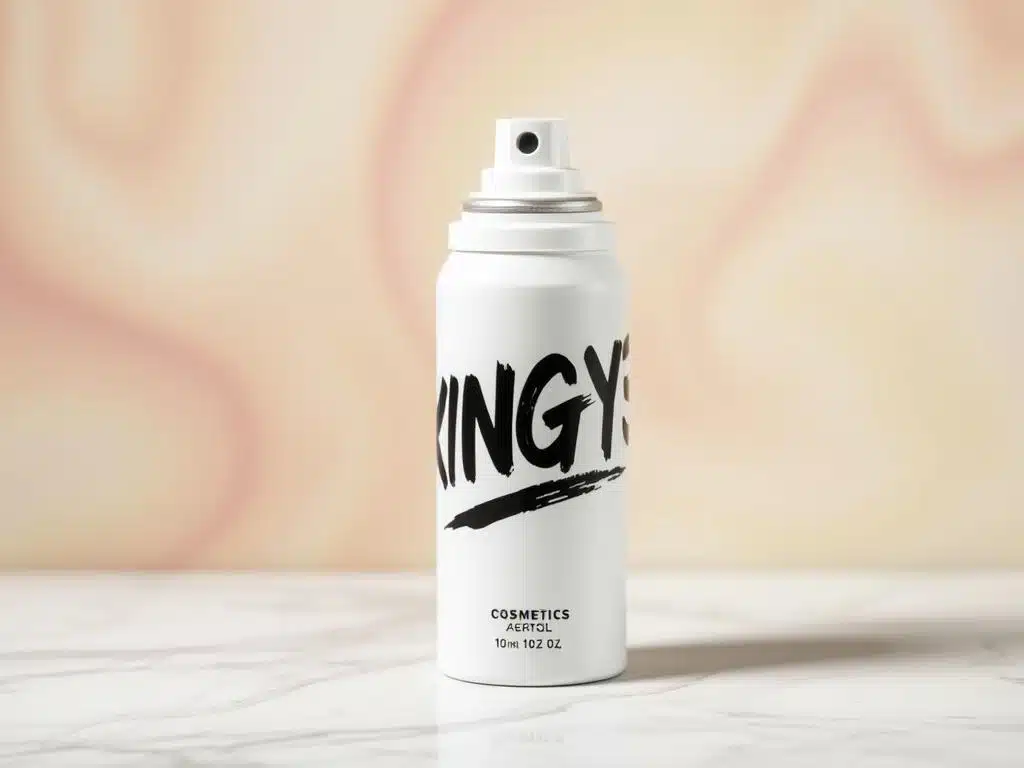
How To Sell Cosmetics On Carrefour?
Carrefour, one of the world’s largest supermarket chains, offers more than just groceries.
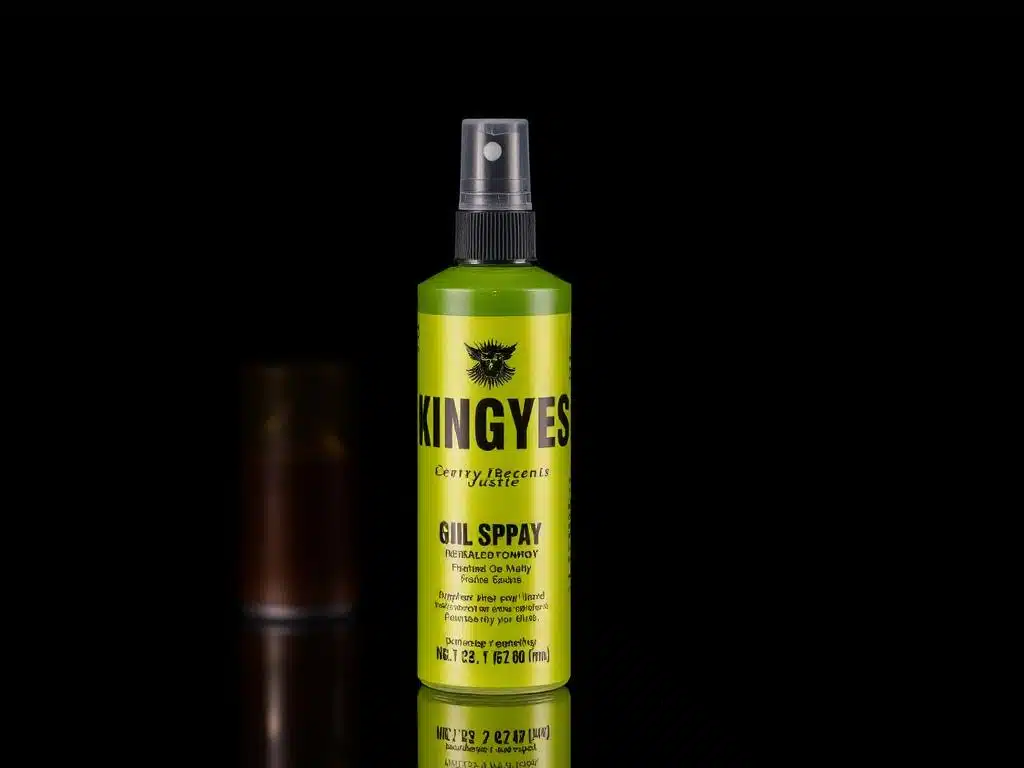
What Is The Main Ingredient In Hair Spray?
Hairspray is a staple in many hair care routines, providing the finishing touch to countless hairstyles.
- +86 151 1839 7303
- [email protected]
- E-R 07:00-23:00
Sildid
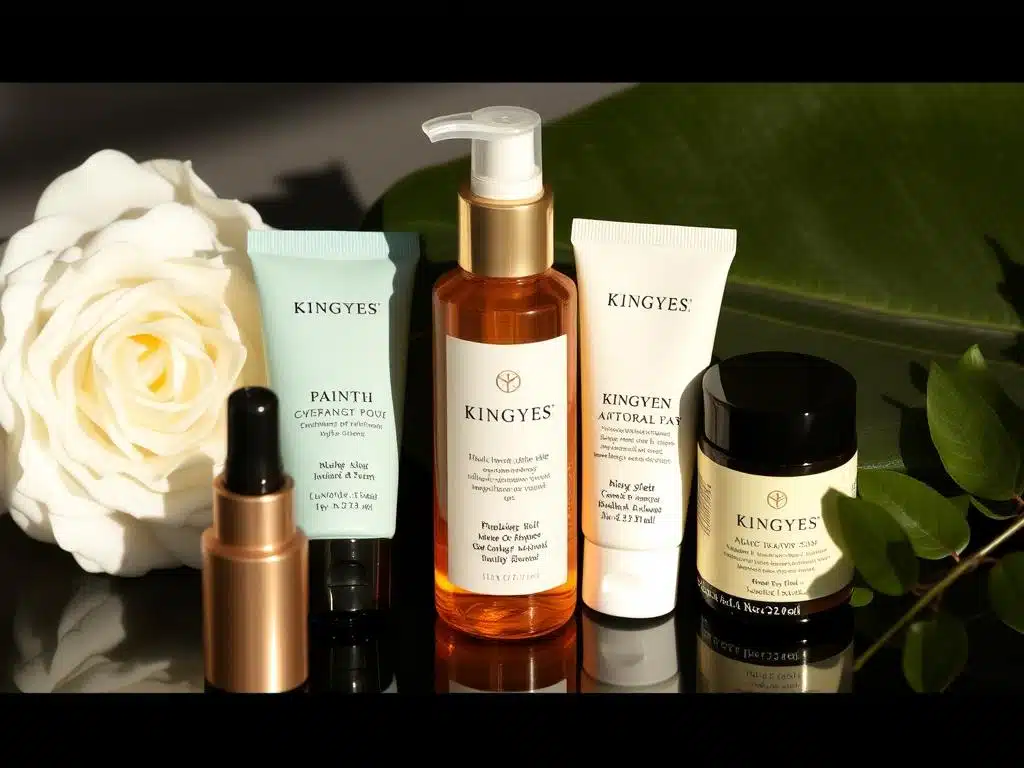
How To Sell Cosmetics On WeChat?
Are you ready to tap into the world’s largest beauty market?
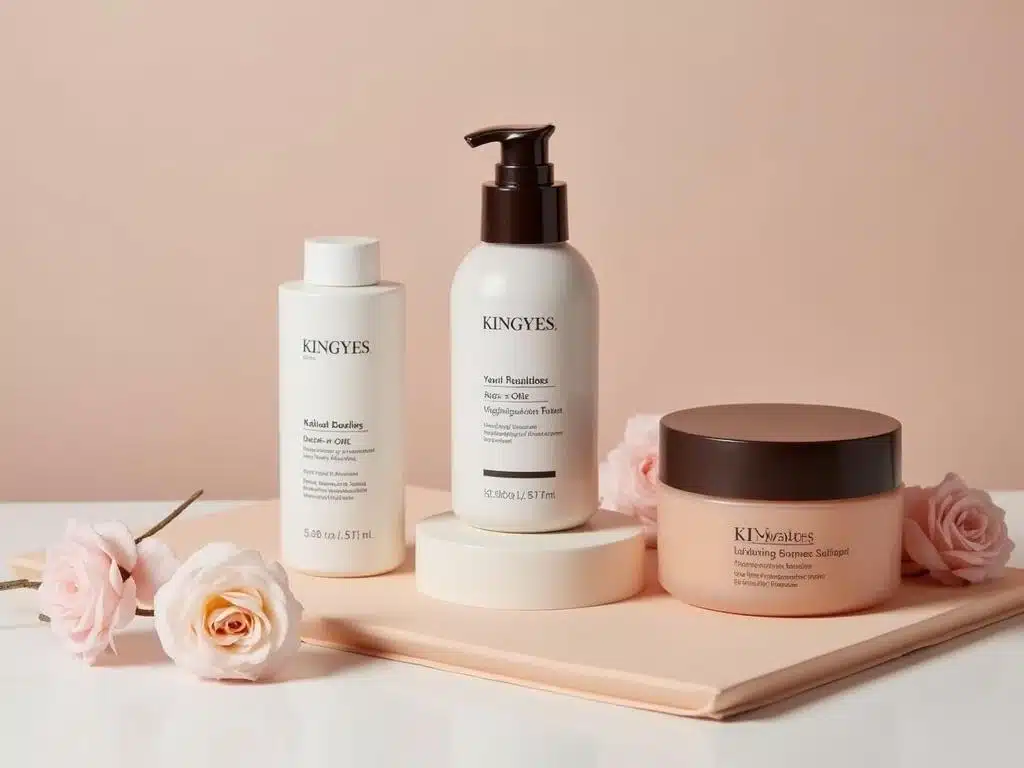
How To Sell Cosmetics On Shopee?
Looking to sell cosmetics and tap into the booming e-commerce market of Southeast Asia?

How To Cooperate With Cosmetics Factories?
In the dynamic and competitive beauty industry, partnering with the right cosmetic manufacturer is paramount to the success of your cosmetics business.

